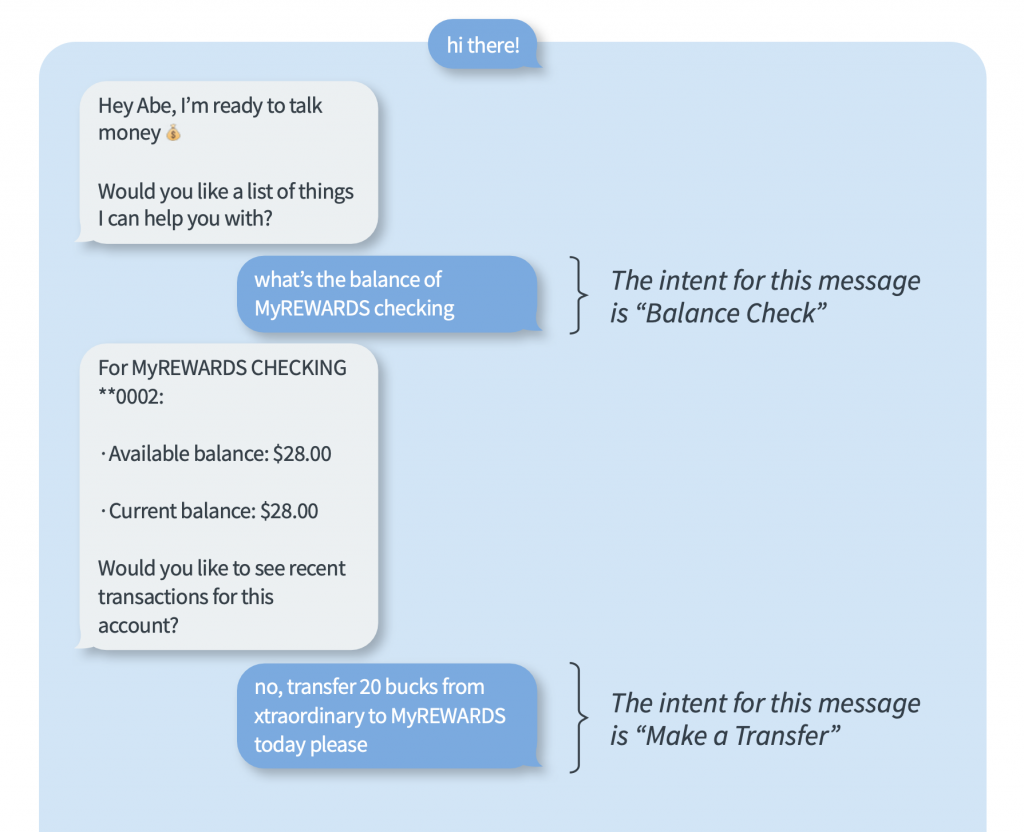
If you find yourself wondering what the future looks like for the financial services industry, you’re not alone. Businesses in almost every sector have undergone fundamental changes in response to the turbulence of the last few years. The majority of these changes consisted of using digitization or data to compensate for the disturbances brought about by the COVID-19 pandemic.
But not every effort at digitization results in the business or organization merely compensating for the detriments resulting from COVID. Some have achieved new levels of engagement, and have also seen secondary benefits such as better operational efficiencies, increased security, and more brand awareness.
To see where digitization may be going in the States, we’ll take a look at what’s going on around the world.
How Public Services are Changing
In the government and public services sector—both in America and abroad—many services are moving online, and citizens interacting with them are often incentivized to use new digital channels. This often results in increased adoption, which provides mutual benefits, as the digitized services not only make things more manageable and organized for the government entity, but make the citizen’s life more convenient as well.
In Albania, for example, the government has worked with the World Bank to introduce more efficient electronic services, which significantly increased satisfaction among citizens and saved them time in the process. In their economic update titled, “Data Digitization, and Governance”, the World Bank relayed, “The time needed to register a vehicle fell from 5.3 days in 2016 to 30 minutes in 2020, and the process to request a health card, which took 5 days in 2016, could be completed in just a few minutes.”
These new efficiencies have made life easier for Albanians. To the north, similar government improvements have created new levels of efficiency in Estonia. Their new X-Road system, a connected information infrastructure used for population, medical, and business registrations, allows users to register a new business in just three hours.
What makes these results from Albania and Estonia so compelling for financial institutions is the fact that vehicle registration, requesting health cards, and registering a business are all very similar to the services offered by many financial institutions, such as applying for auto loans, requesting replacement debit cards, and opening new accounts. And as digitized solutions like these become more pervasive throughout the world, digital services will eventually become an expected delivery method for services in many industries.
Mass Digitization in the Private Sector
Along with government and public services, there are untold numbers of businesses in the private sector that are undergoing a change that involves digitization. It is no longer uncommon for a restaurant to only provide menu access via a QR code, or to only allow orders to be made online.
Many doctor’s offices and medical institutions have integrated digital solutions into their operations as well. If you visit an office like this unprepared, the administrative attendant will likely hand you an iPad and ask you to complete the intake process online.
Businesses prefer these new digitized methods because they’re more sustainable, easier to keep organized, and more efficient than traditional in-person meetings that involve filling out paperwork.
Of course, nothing indicates that the world is moving in a “digital only” direction that will do away with in-person meetings entirely. The point of digitization is not to remove the person from the equation, it is more commonly an effort to make things more efficient.
What the Future Looks Like
As we all know, tele-health and virtual learning are not on the verge of replacing in-person school or medical practices. But even with COVID restrictions lifted, this technology will continue to play a key role in markets around the world. The market size of digital transformation solutions is expected to more than double in the coming years, at a CAGR of around 17%.
This means there will always be some level of virtual learning or tele-health in practice, whether it be after-school tutoring, extracurricular activities, or solutions like Better Help, which provide affordable online counseling.
Although foot traffic in branches continues to decline, nobody is suggesting that banks and credit unions shut down all their branches and rely solely on apps and solutions from the fin-tech industry. In-person banking isn’t going away, it’s just getting better with the help of digital services.
While things like collaborative video conferencing, document exchange, E-sign, and cobrowse might be seen as added features that aren’t particularly necessary for the success of a financial institution, the question that banks and credit unions will need to ask themselves is this: When people are engaging with their school, their employer, their medical provider, and their government through digital channels, how will they want to engage with their financial institution?
To learn more about how POPi/o can help you deliver your most important, revenue-generating services through convenient digital channels, click here.


 Looking to the Future
Looking to the Future


